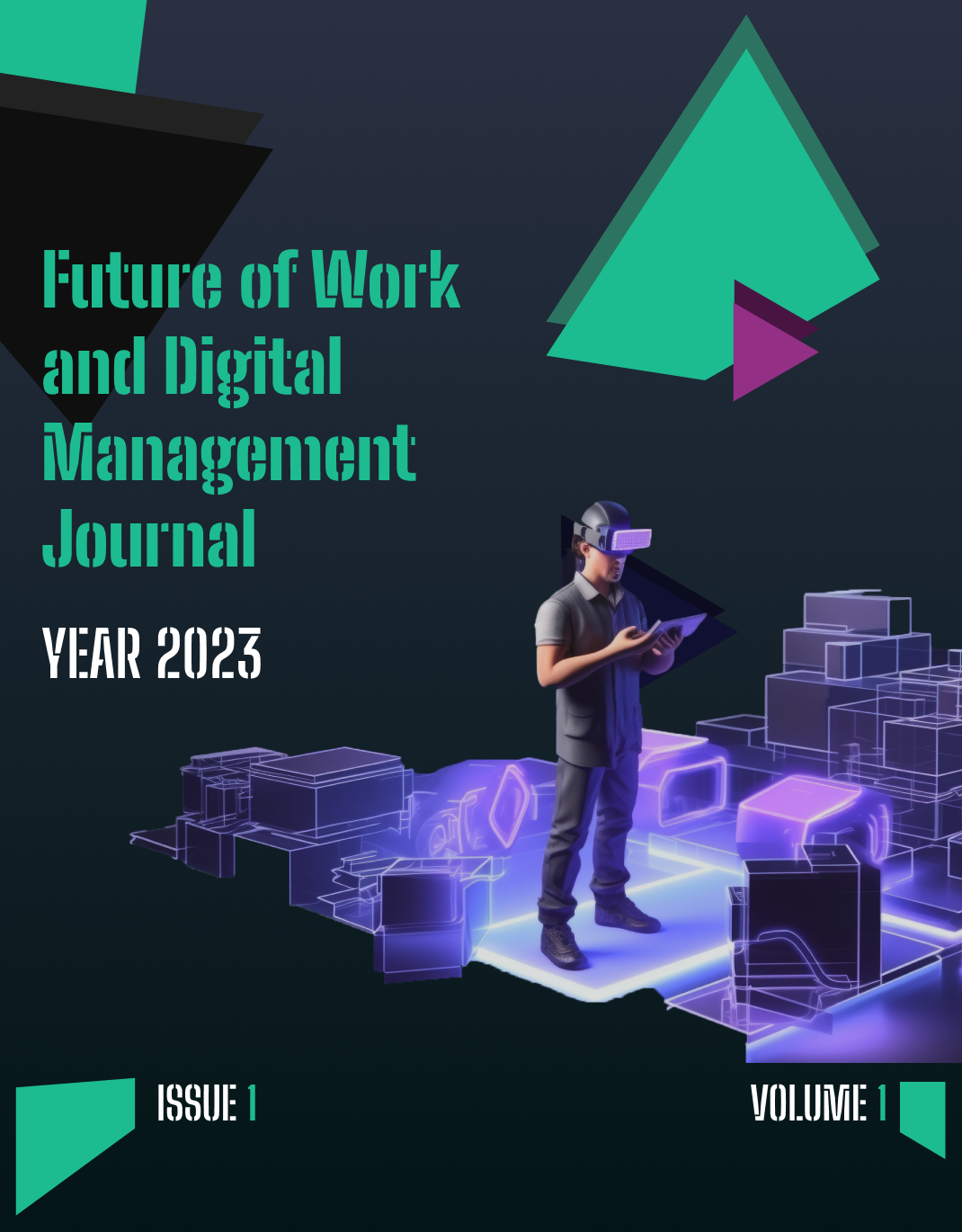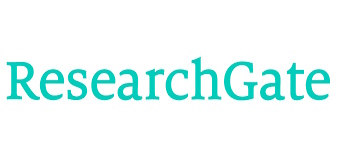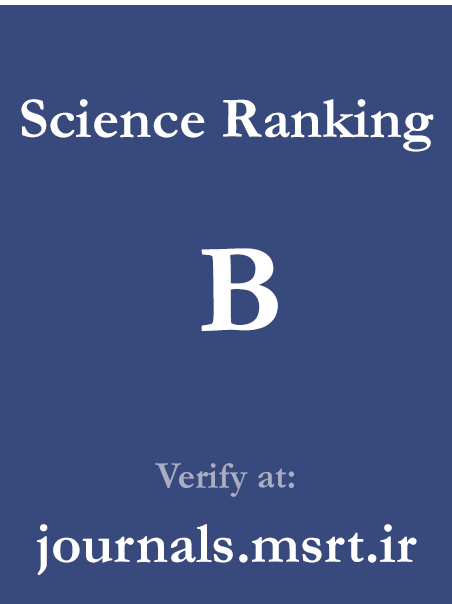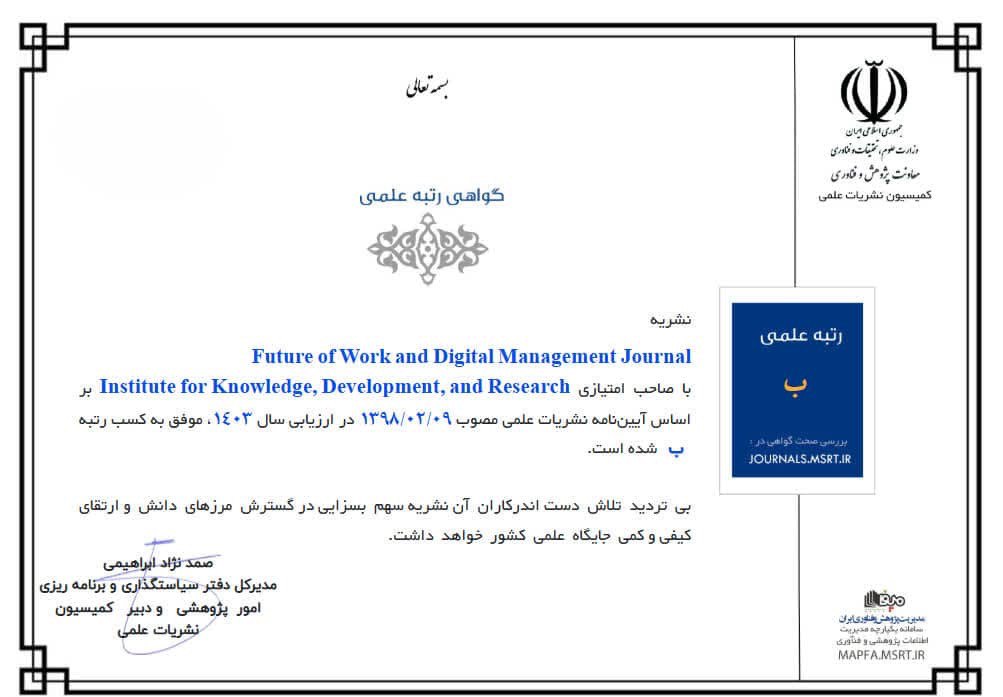Perceived Role Threat and Identity in AI-Augmented Roles
Keywords:
AI-augmented roles, identity threat, role reconfiguration, digital transformation, employee adaptationAbstract
This study aimed to explore how employees working in AI-augmented roles experience perceived role threat and reconfigure their professional identity in response to artificial intelligence integration. Using a qualitative phenomenological design, the study conducted semi-structured interviews with 29 participants from various industries in Tehran whose job roles had been altered through AI implementation. Participants were selected using purposive sampling, and interviews continued until theoretical saturation was achieved. Data were collected through in-depth interviews and analyzed thematically using NVivo software. The analysis focused on extracting recurring patterns related to identity, emotional response, and adaptation strategies in the face of AI-related role transformation. Three overarching themes emerged: identity reconfiguration, perceived threat to role stability, and coping and adaptation mechanisms. Participants reported identity disruption, erosion of traditional role authority, and ambiguity about future roles. A significant proportion expressed fear of job displacement and emotional strain, including anxiety and diminished professional pride. However, many also engaged in adaptive strategies such as skill development, psychological reframing, and strategic role framing to regain a sense of agency. Trust in organizational support, leadership framing of AI, and peer collaboration were found to influence the extent of perceived threat and identity renegotiation. The findings suggest that AI augmentation in the workplace not only alters operational dynamics but also challenges employees’ sense of professional identity and role security. While identity threats are prevalent, adaptive responses are possible when organizations provide transparent communication, structured reskilling opportunities, and psychological safety. Addressing the emotional and symbolic impact of AI on employees is critical for successful and sustainable digital transformation.
Downloads
References
[1] H. Zhao, Y. Ma, and Y. Chen, "Facing or Avoiding? How Dependence on Artificial Intelligence Influences Hotel Employees’ Job Crafting," International Journal of Contemporary Hospitality Management, vol. 37, no. 6, pp. 1884-1902, 2025, doi: 10.1108/ijchm-06-2024-0939.
[2] X. Pei, "How Ambivalence Toward Digital–AI Transformation Affects Taking-Charge Behavior: A Threat–Rigidity Theoretical Perspective," Behavioral Sciences, vol. 15, no. 3, p. 261, 2025, doi: 10.3390/bs15030261.
[3] L. Yu, Y. Li, and F. Fan, "Employees’ Appraisals and Trust of Artificial Intelligences’ Transparency and Opacity," Behavioral Sciences, vol. 13, no. 4, p. 344, 2023, doi: 10.3390/bs13040344.
[4] Y. Liang, T. Chen, E. A. Asante, M. Yan, J. Deng, and W. Lam, "An Identity Threat Appraisal Framework Explaining Distinct Reactions to Active- And Passive-Aggressive Abusive Supervision," Journal of Management, 2025, doi: 10.1177/01492063241312657.
[5] L. Wu, A. C. J. Long, C. Hu, and Y. Xu, "An Identity Threat Perspective on Why and When Employee Voice Brings Abusive Supervision," Frontiers in Psychology, vol. 14, 2023, doi: 10.3389/fpsyg.2023.1133480.
[6] M. Qin, S. Qiu, S. Li, and J. Zong, "Research on the Impact of Employee AI Identity on Employee Proactive Behavior in AI Workplace," Industrial Management & Data Systems, vol. 125, no. 2, pp. 738-767, 2024, doi: 10.1108/imds-03-2024-0211.
[7] Y. Yuan, Y. Wang, and P. Liu, "How Could AI Impact Employees’ Career Growth? The Role of Thriving at Work and Identity Threat," Academy of Management Proceedings, vol. 2024, no. 1, 2024, doi: 10.5465/amproc.2024.16348abstract.
[8] M. Cheng, L. Zhang, and H. Wang, "The Effect of Artificial Intelligence Awareness on Frontline Service Employees’ Silence: The Roles of Psychological Contract Breach and Moral Identity," International Journal of Contemporary Hospitality Management, vol. 37, no. 5, pp. 1845-1861, 2025, doi: 10.1108/ijchm-07-2024-0968.
[9] C. Hu, Q. M. U. Din, and A. Tahir, "Artificial Intelligence Symbolic Leadership in Small and Medium-Sized Enterprises: Enhancing Employee Flexibility and Technology Adoption," Systems, vol. 13, no. 4, p. 216, 2025, doi: 10.3390/systems13040216.
[10] A. Schreiber and I. Schreiber, "Bridging Knowledge Gap: The Contribution of Employees’ Awareness of AI Cyber Risks Comprehensive Program to Reducing Emerging AI Digital Threats," Information and Computer Security, vol. 32, no. 5, pp. 613-635, 2024, doi: 10.1108/ics-10-2023-0199.
[11] D. Tojib, R. Sujan, J. Ma, and Y. Tsarenko, "How Does Service Robot Anthropomorphism Affect Human co-Workers?," Journal of Service Management, vol. 34, no. 4, pp. 750-769, 2023, doi: 10.1108/josm-03-2022-0090.
[12] S. Ackerhans, K. Wehkamp, R. Petzina, D. Dumitrescu, and C. Schultz, "Perceived Trust and Professional Identity Threat in AI-Based Clinical Decision Support Systems: Scenario-Based Experimental Study on AI Process Design Features," Jmir Formative Research, vol. 9, p. e64266, 2025, doi: 10.2196/64266.
[13] I. O. Eshiett and O. E. Eshiett, "Artificial Intelligence Marketing and Customer Satisfaction: An Employee Job Security Threat Review," World Journal of Advanced Research and Reviews, vol. 21, no. 1, pp. 446-456, 2024, doi: 10.30574/wjarr.2024.21.1.2655.
[14] M. M. Hossain, "Challenges Faced by Older Employees in the Era of Open Artificial Intelligence and Strategies to Empower Them," Health Care Science, vol. 4, no. 2, pp. 154-157, 2025, doi: 10.1002/hcs2.70011.
[15] P. Hallenborg, "Playing an AI Game to Drive Adoption of Regulated Employee Identity," Strategic Hr Review, vol. 23, no. 3, pp. 110-113, 2024, doi: 10.1108/shr-02-2024-0012.
[16] C. S. Izugboekwe, S. S. Joshua, N. Gambo, S. V. Olubodun, and B. O. Ameh, "Artificial Intelligence and Business Security Among SMEs in Abuja Metropolis," International Journal of Management Technology, vol. 11, no. 3, pp. 17-41, 2024, doi: 10.37745/ijmt.2013/vol11n31741.
[17] M. Krishnapatnam, "Cutting-Edge AI Techniques for Securing Healthcare IAM: A Novel Approach to SAML and OAuth Security," International Journal of Computing and Engineering, vol. 7, no. 2, pp. 39-50, 2025, doi: 10.47941/ijce.2630.
[18] P. N. Tinguely, J. Lee, and V. F. He, "Designing Human Resource Management Systems in the Age of AI," Journal of Organization Design, vol. 12, no. 4, pp. 263-269, 2023, doi: 10.1007/s41469-023-00153-x.
[19] P. Manoharan, "A Review on Cybersecurity in HR Systems: Protecting Employee Data in the Age of AI," International Journal of Advanced Research in Science Communication and Technology, pp. 605-612, 2024, doi: 10.48175/ijarsct-18492.
[20] S. Xu, K. F. Kee, W. Li, M. Yamamoto, and R. E. Riggs, "Examining the Diffusion of Innovations From a Dynamic, Differential-Effects Perspective: A Longitudinal Study on AI Adoption Among Employees," Communication Research, vol. 51, no. 7, pp. 843-866, 2023, doi: 10.1177/00936502231191832.
[21] M. Z. Arshad, S. Afzal, M. Farooq, O. Farooq, and M. Atif, "The Effect of Organizational Identification on AIS Acceptance: How Gender and Collectivism Shape Usage Patterns," Journal of Accounting & Organizational Change, 2025, doi: 10.1108/jaoc-05-2024-0165.
[22] E. Yilmaz and Ö. Can, "Unveiling Shadows: Harnessing Artificial Intelligence for Insider Threat Detection," Engineering Technology & Applied Science Research, vol. 14, no. 2, pp. 13341-13346, 2024, doi: 10.48084/etasr.6911.
[23] A. Yedake, G. Gopalakrishan, S. Ghavate, and A. Kumari, "Study on the Role of AI in Transforming HR Practices in Pune's IT Industry," Journal of Resilient Economies (Issn 2653-1917), vol. 4, no. 2, 2024, doi: 10.25120/jre.4.2.2024.4177.








